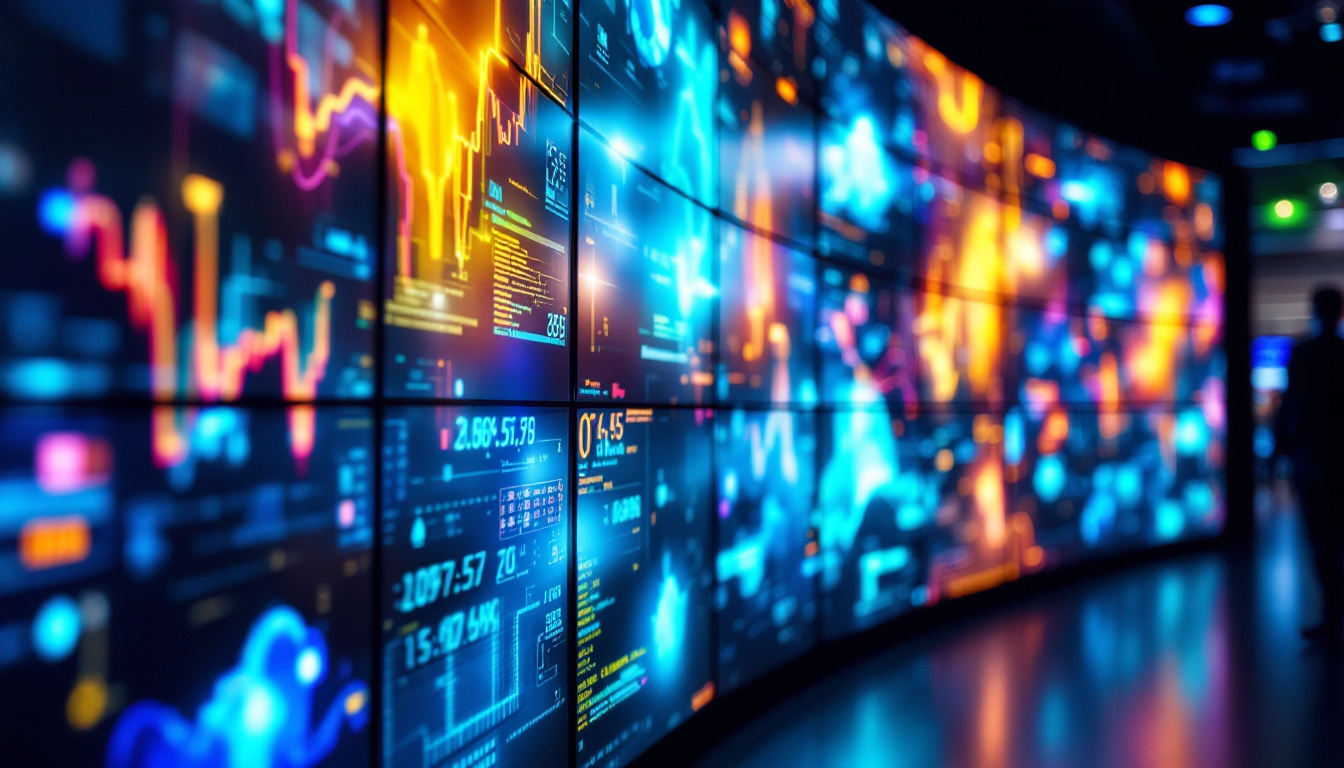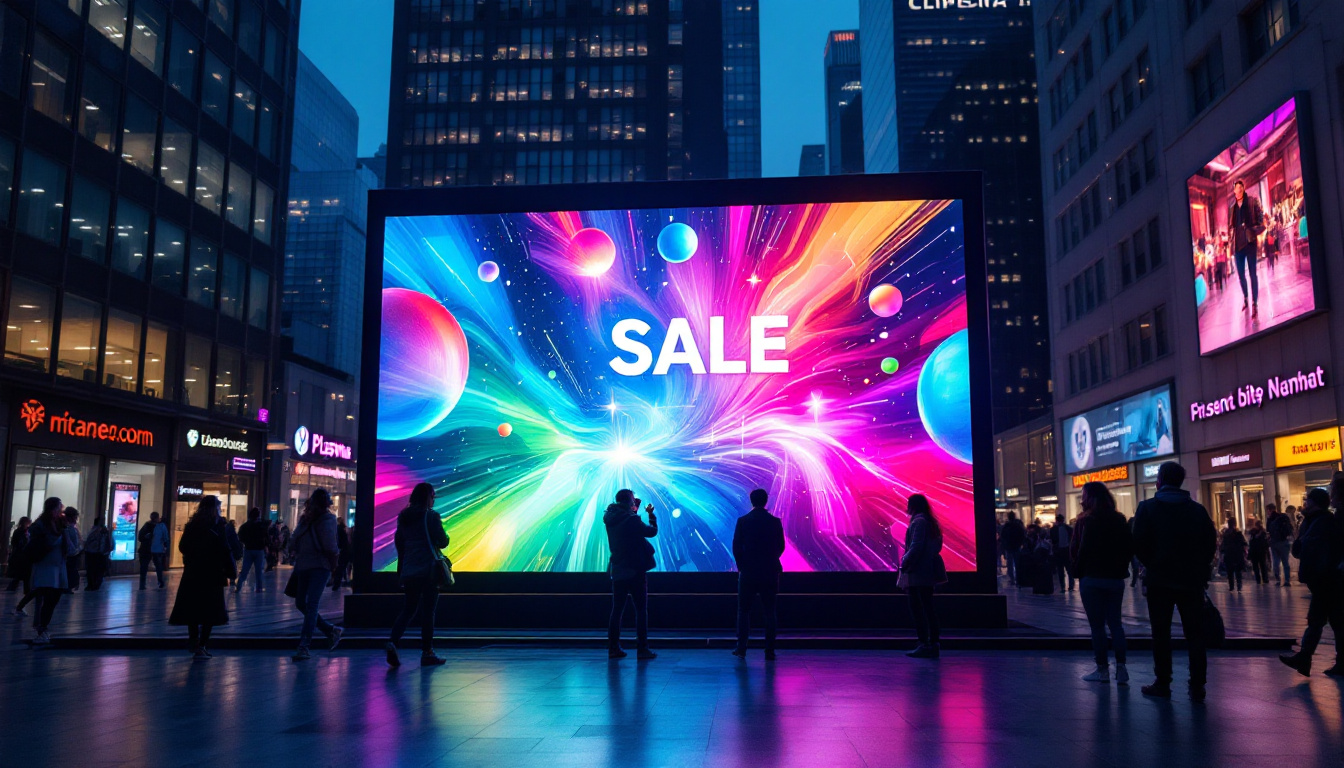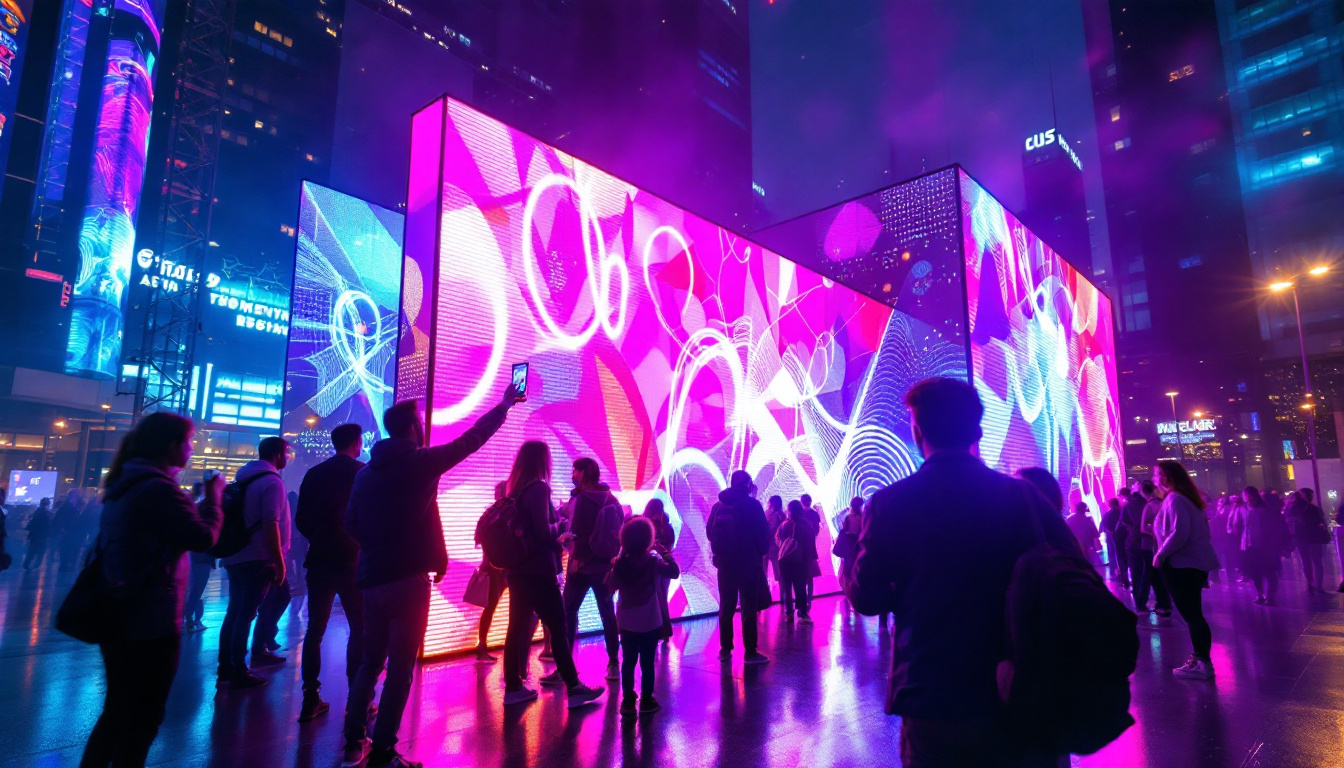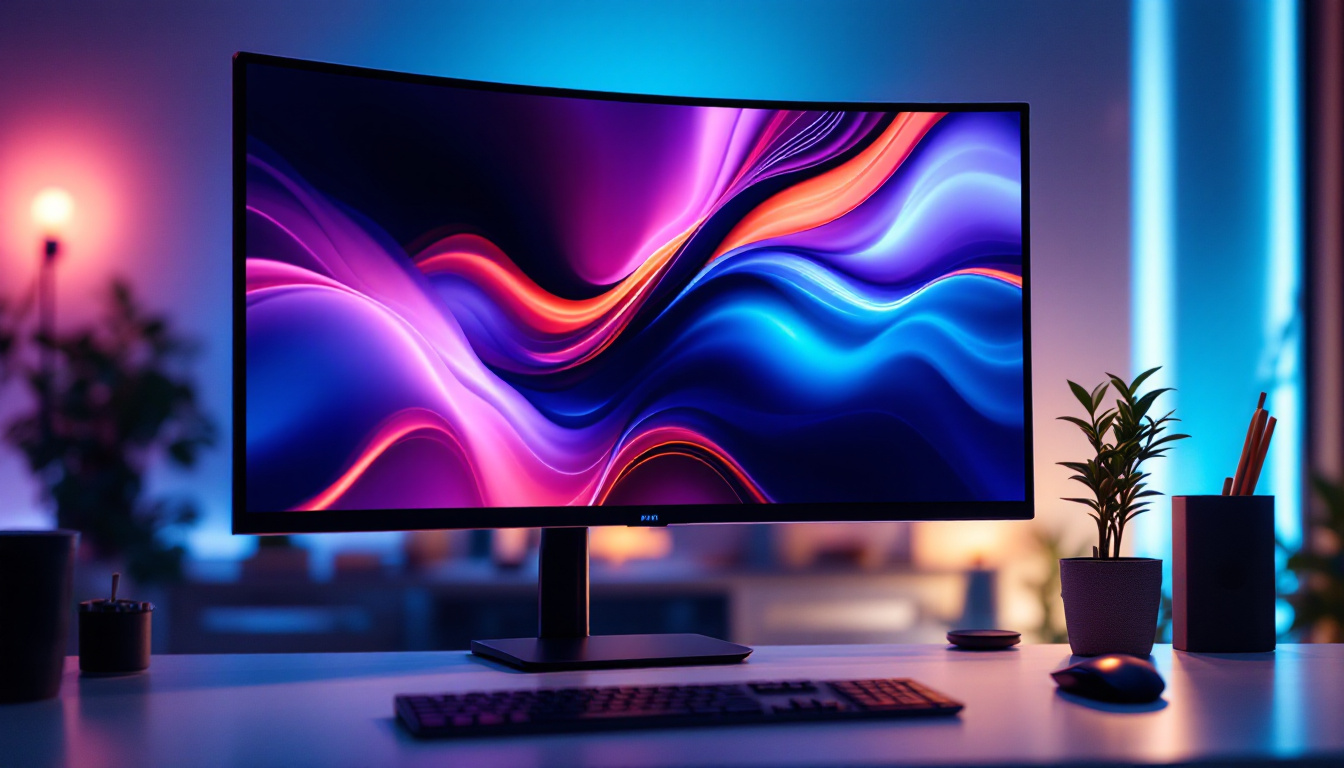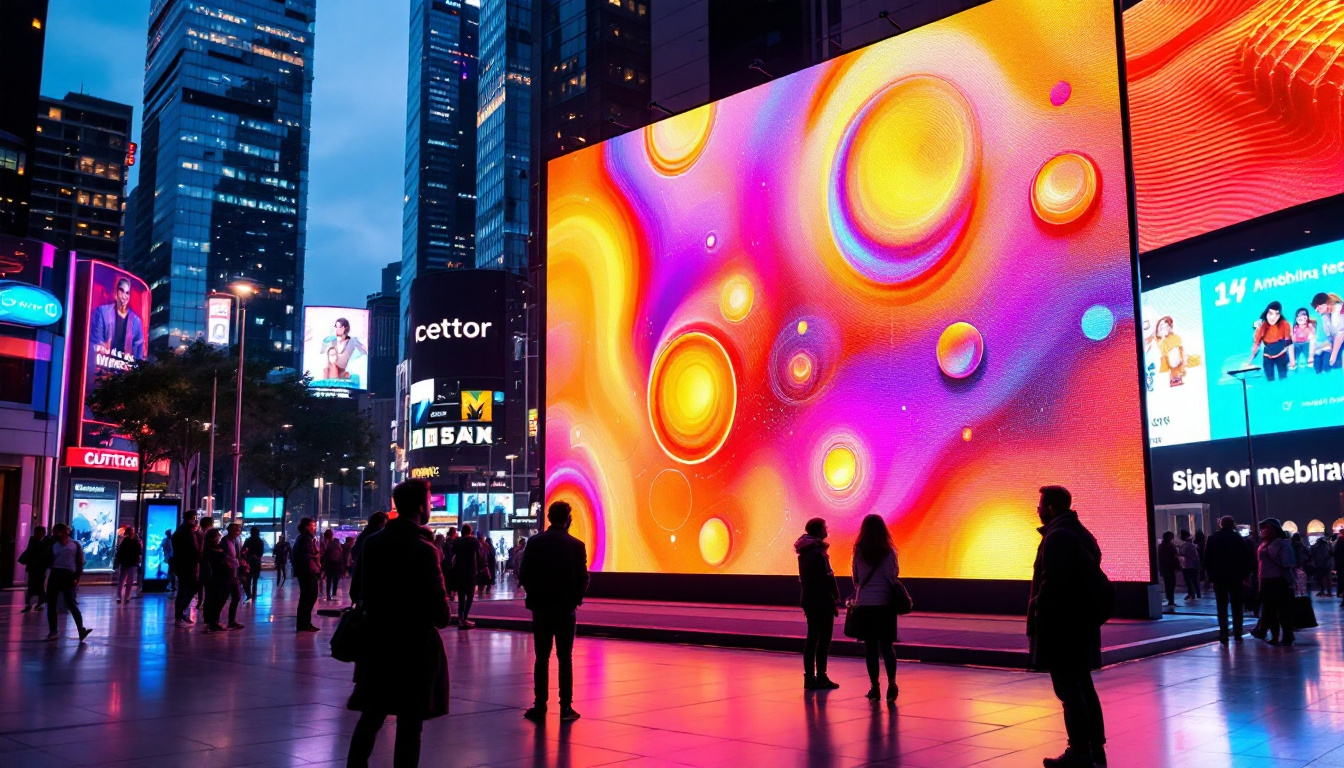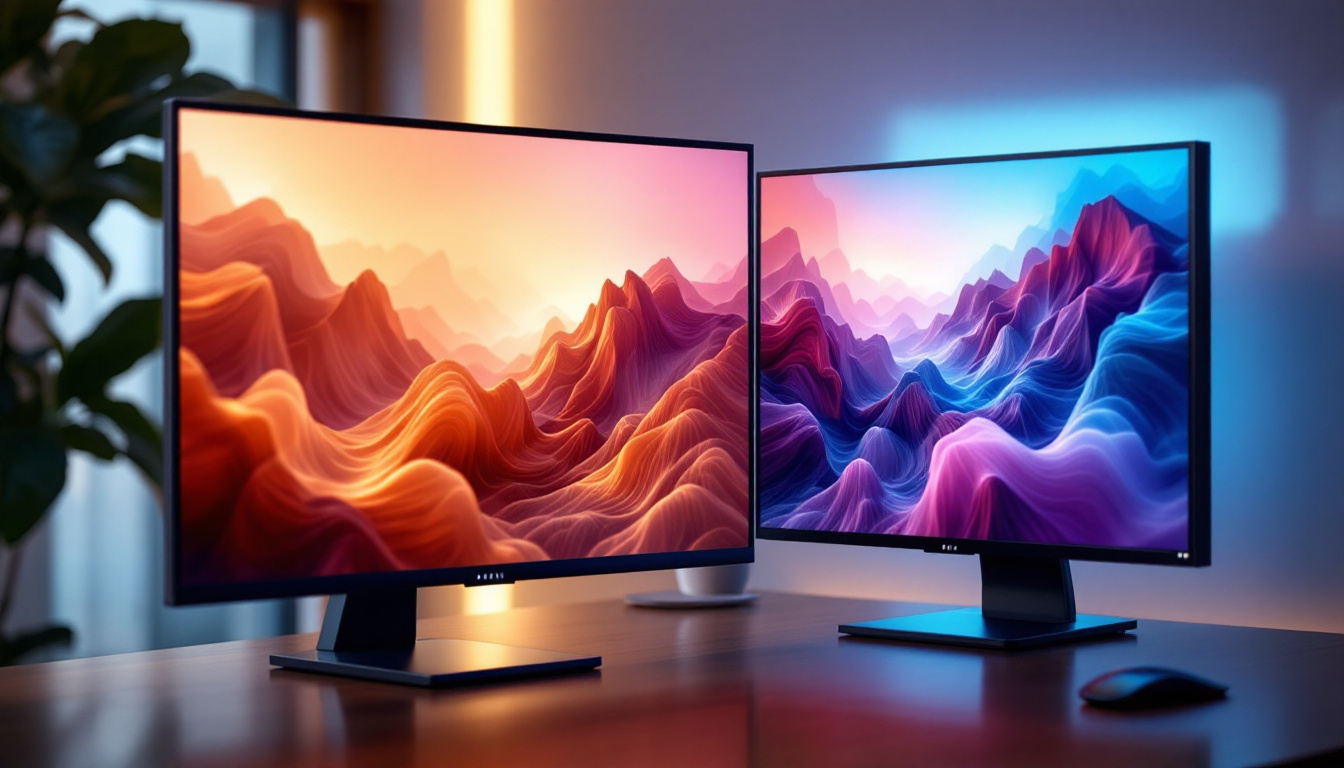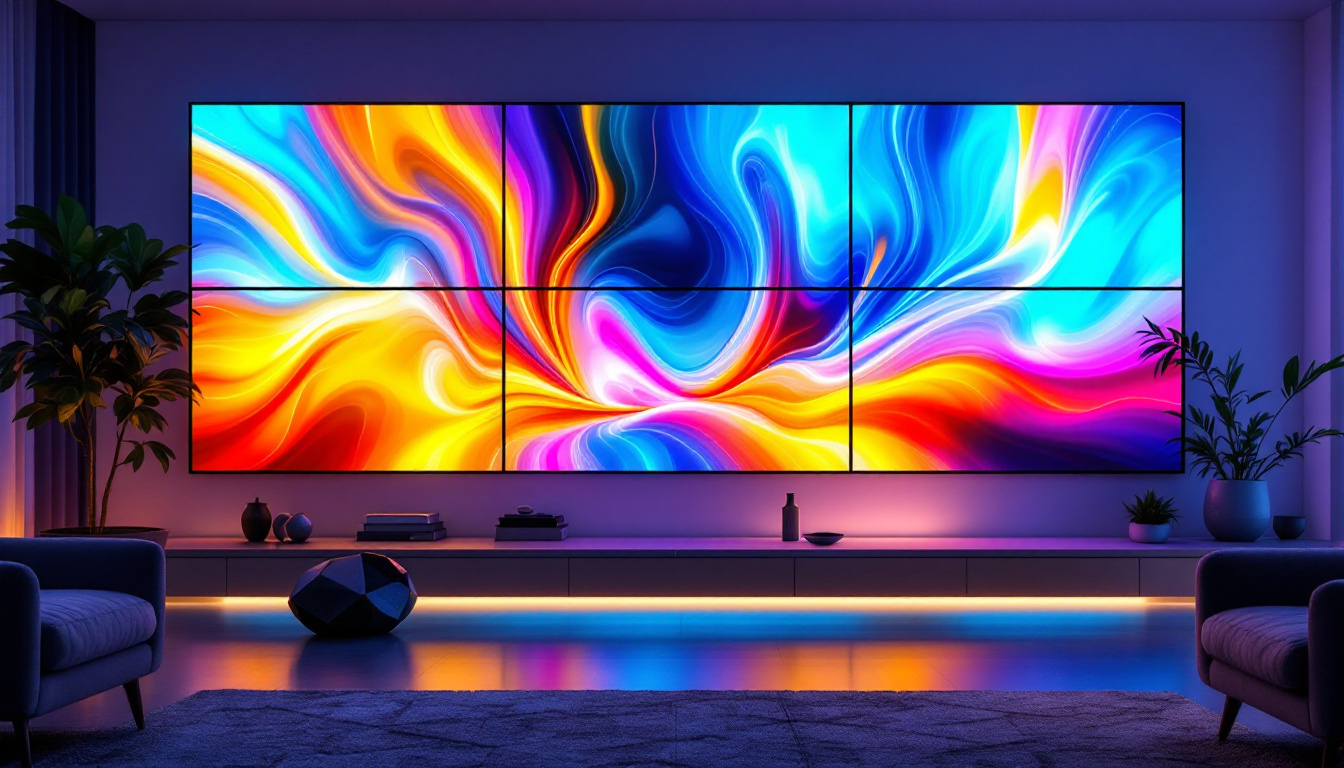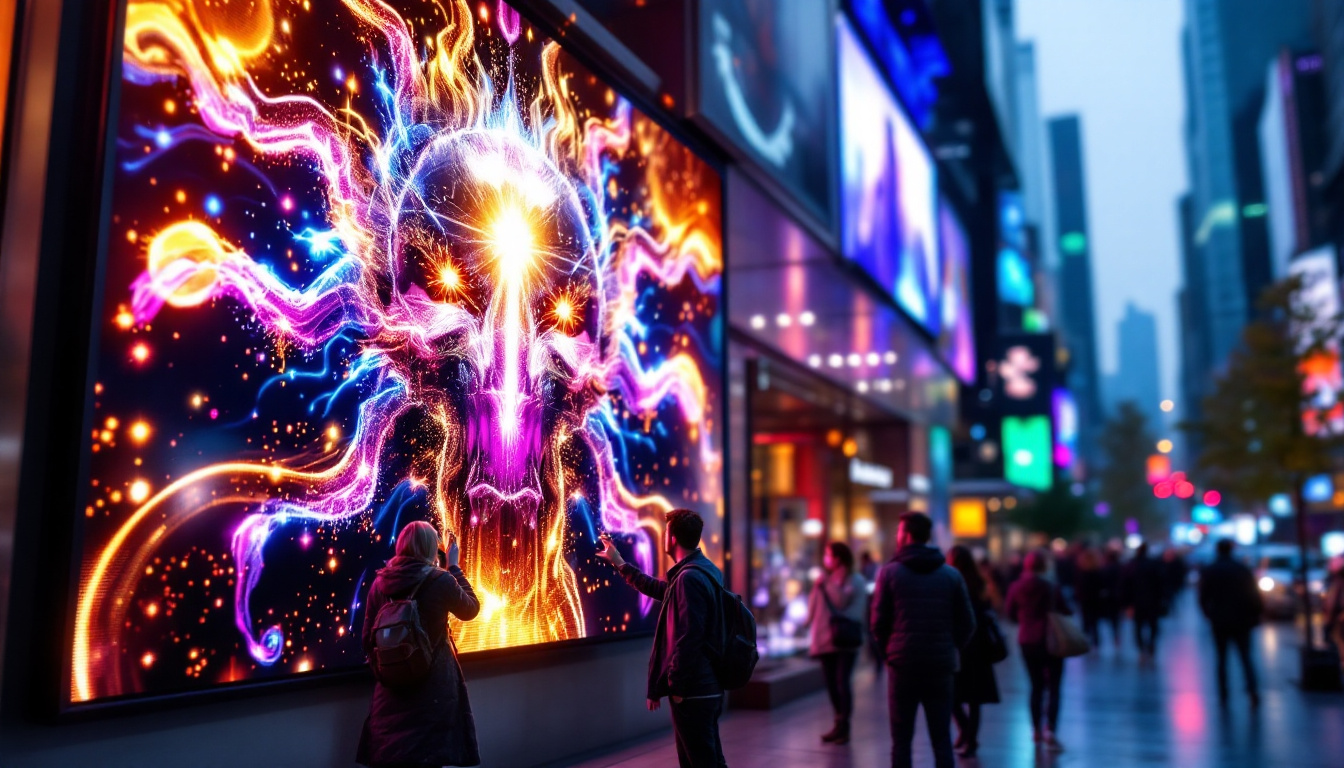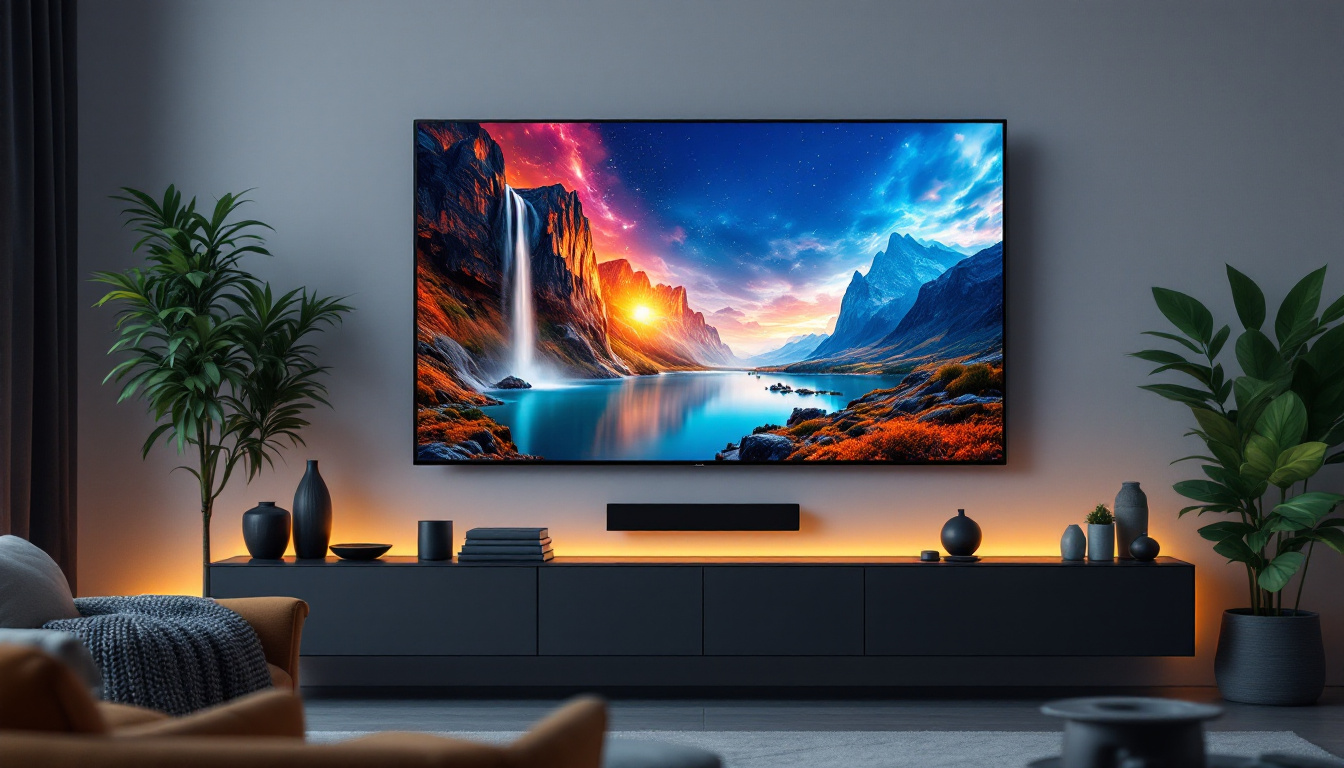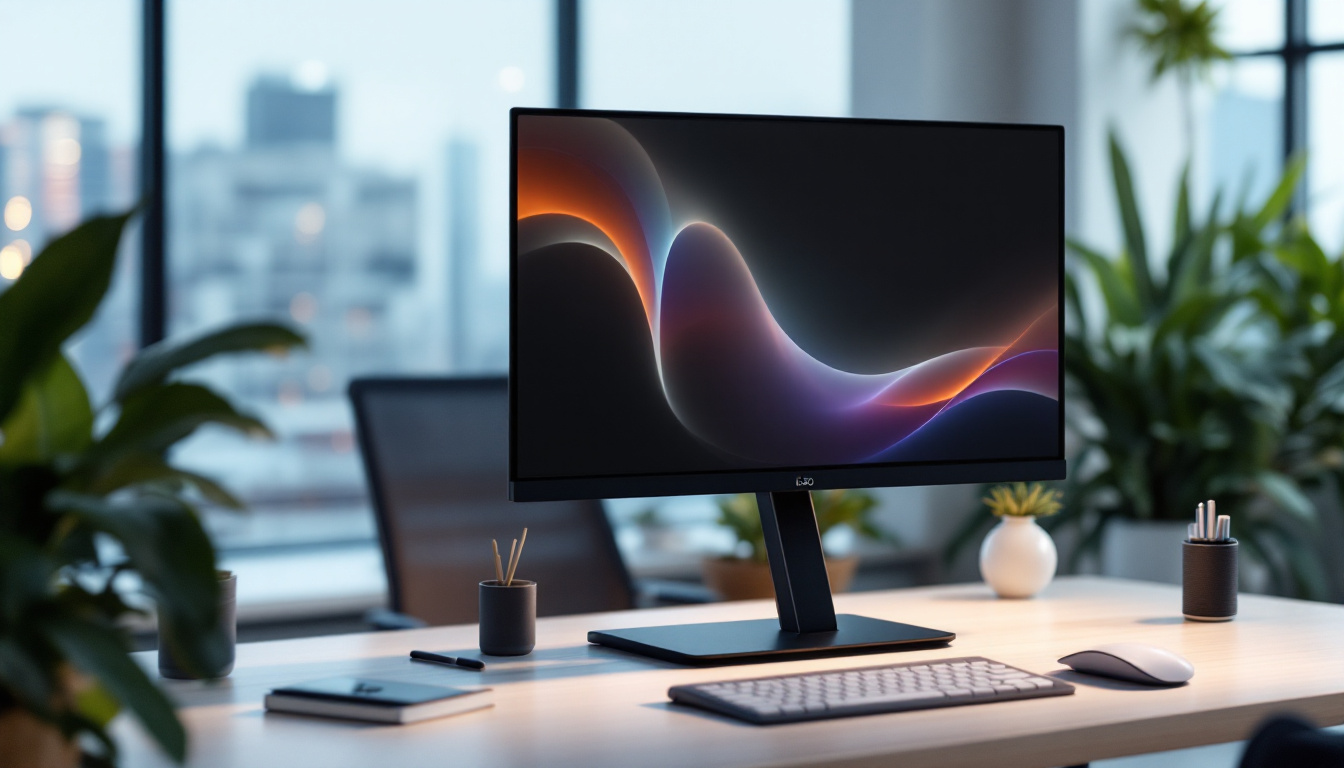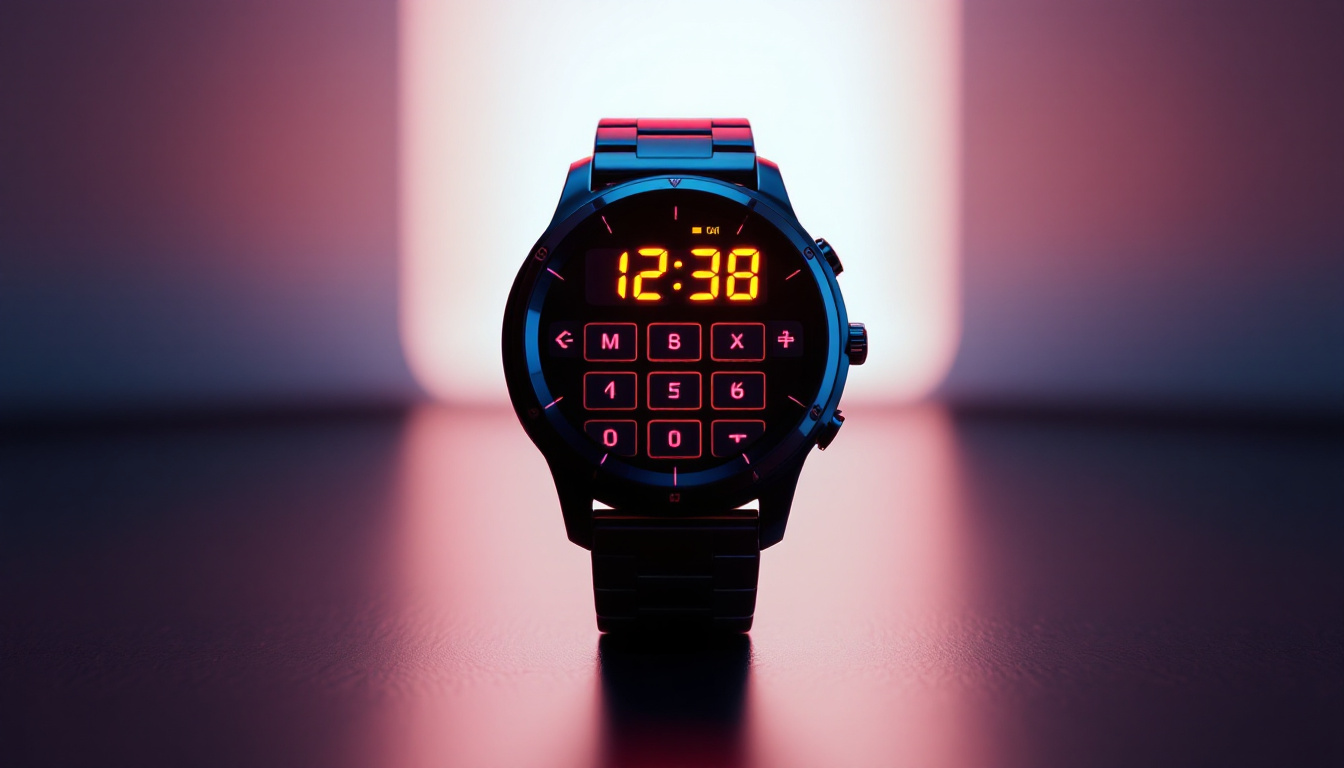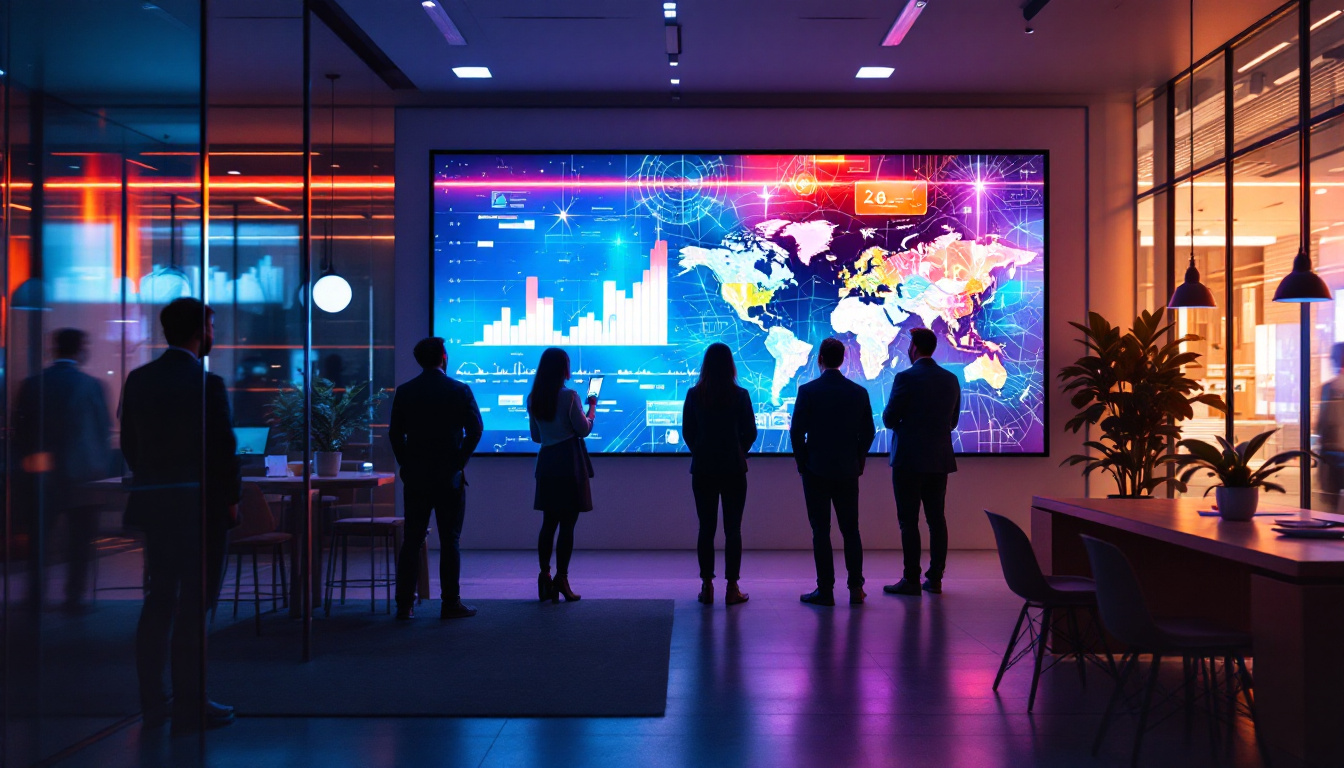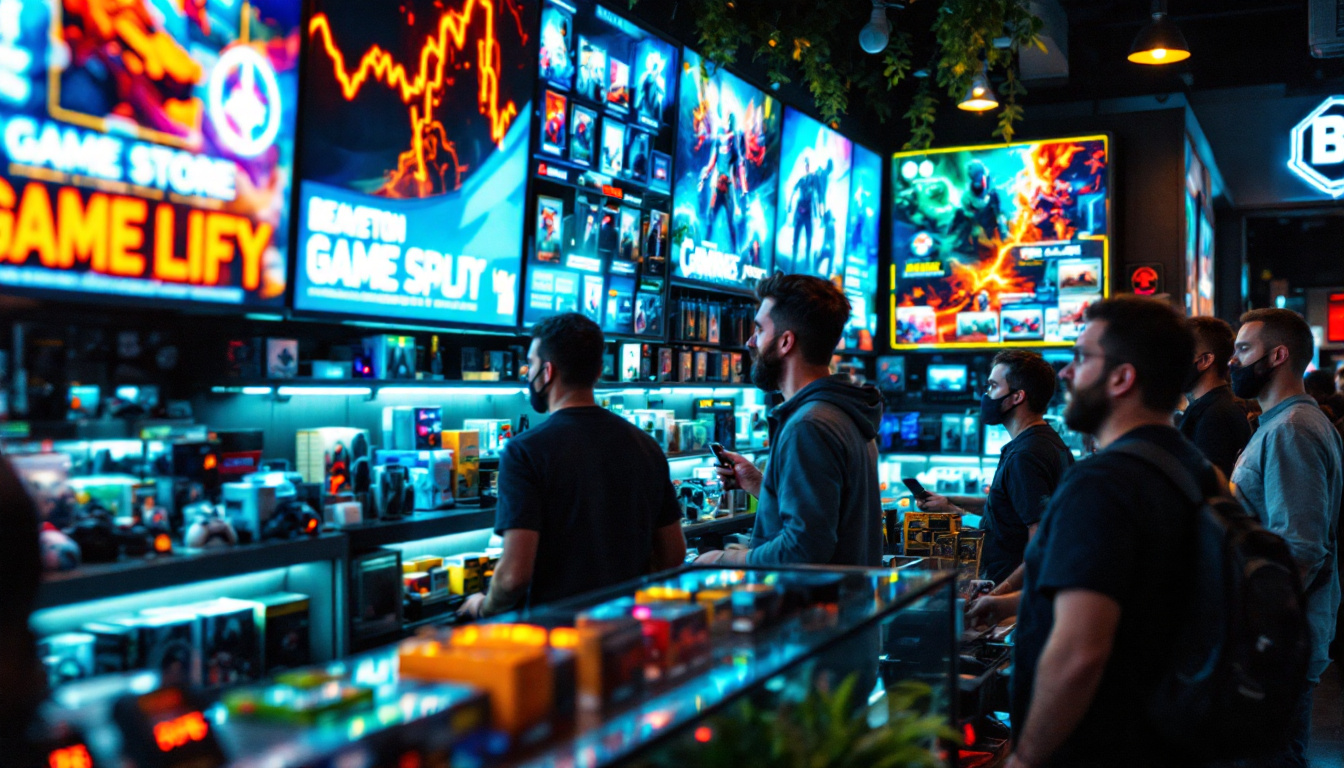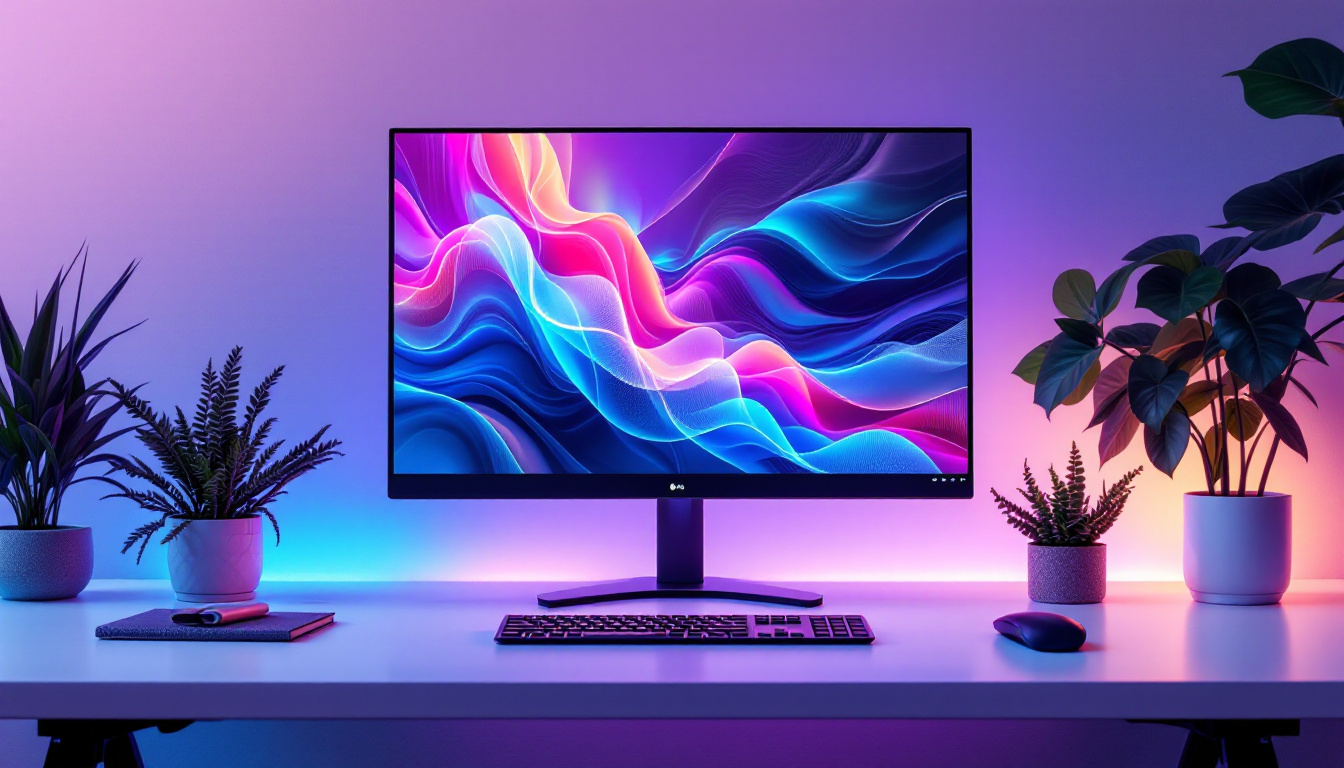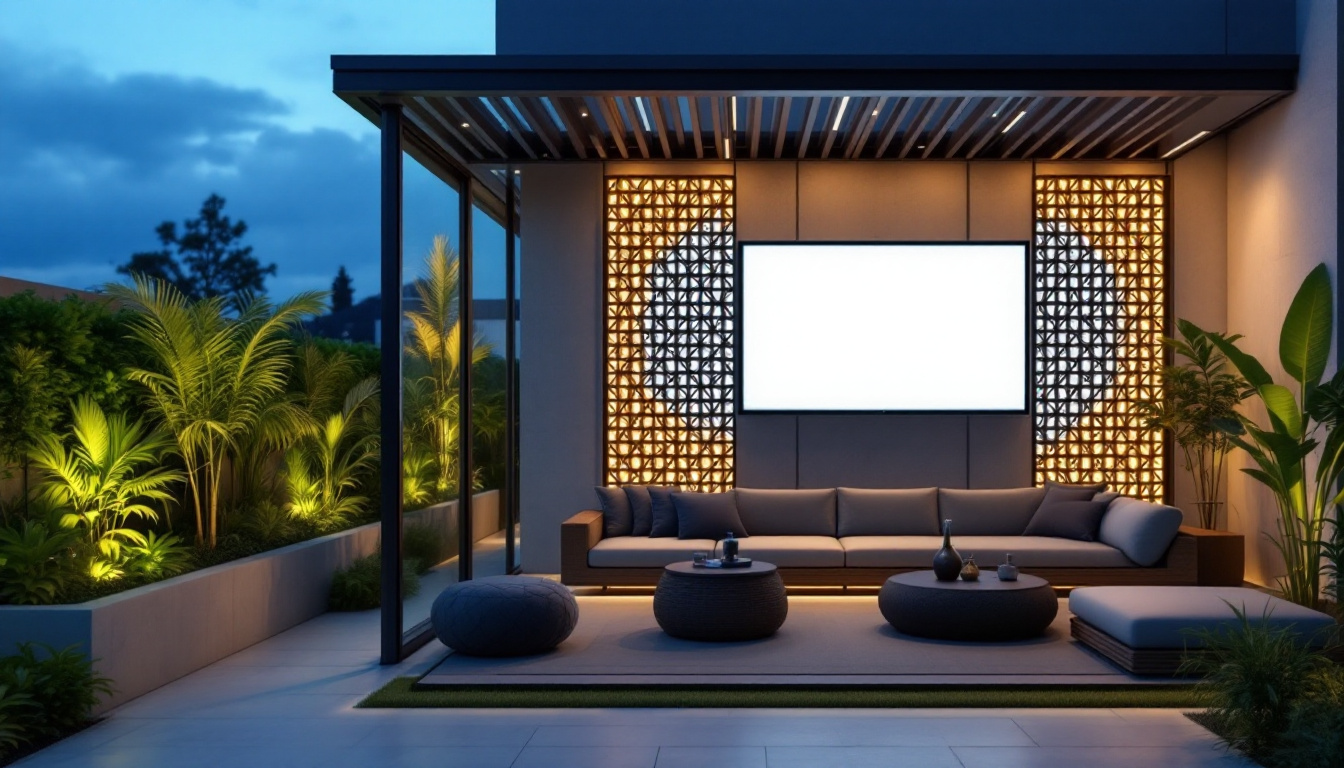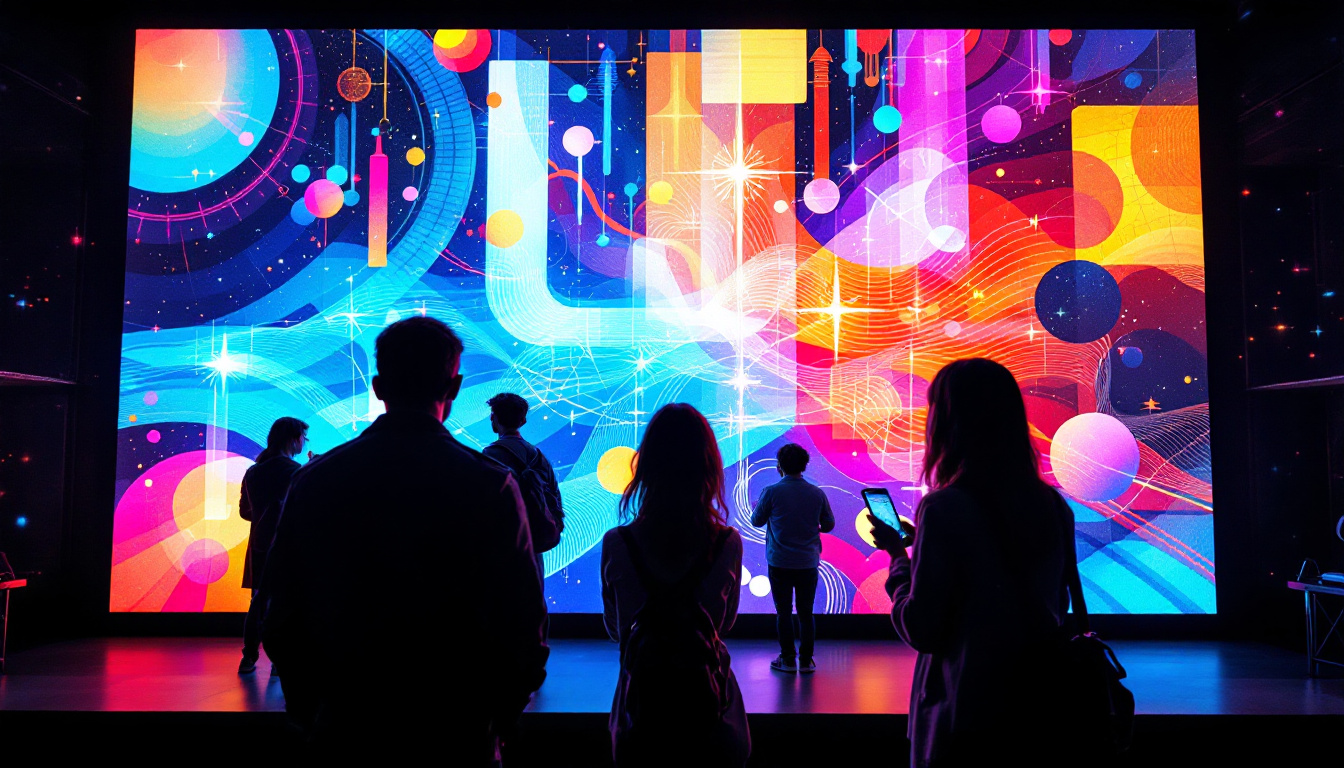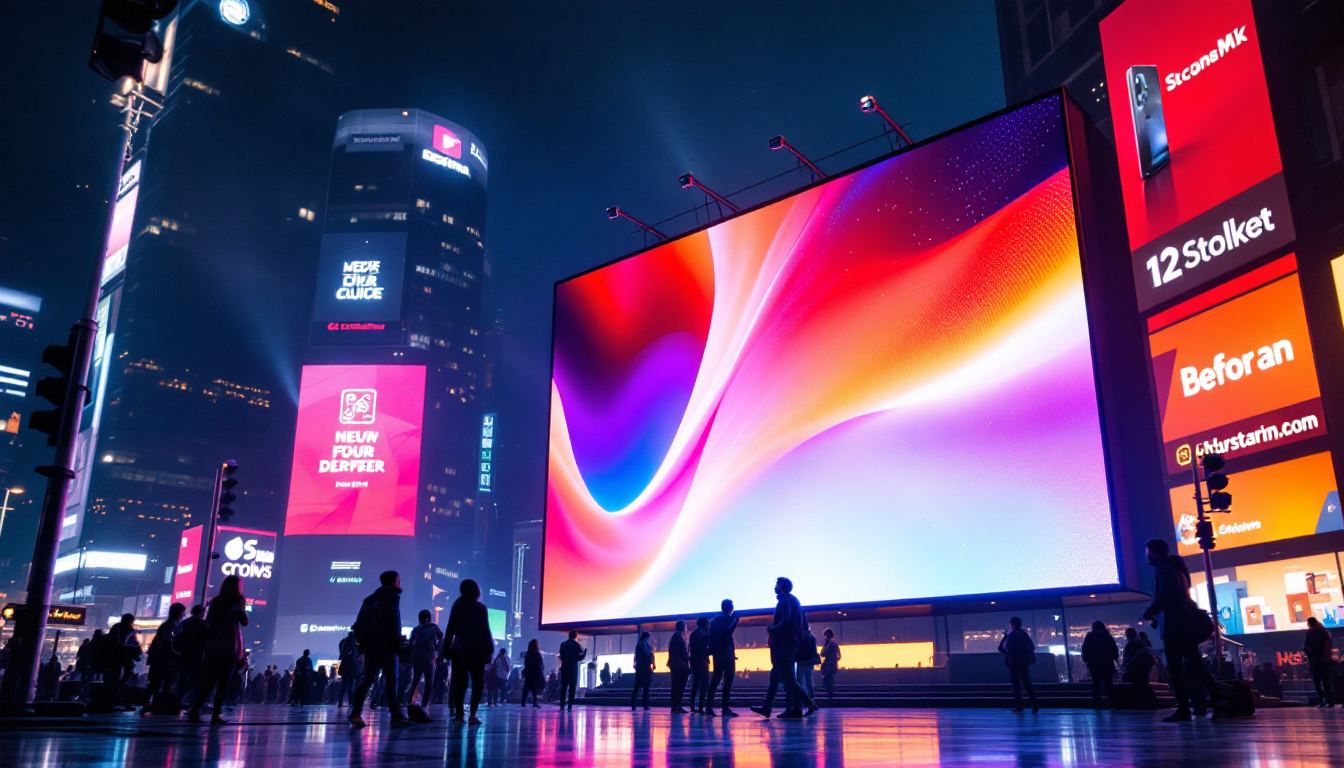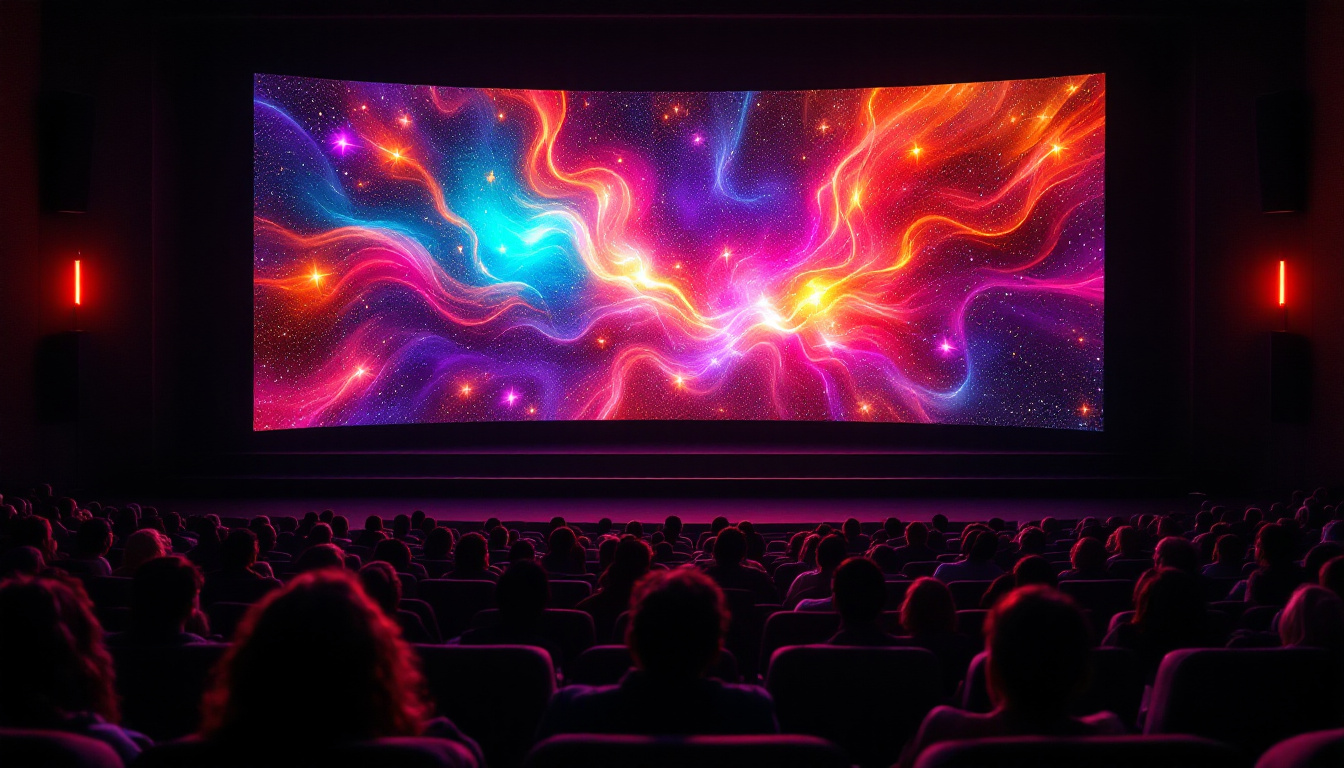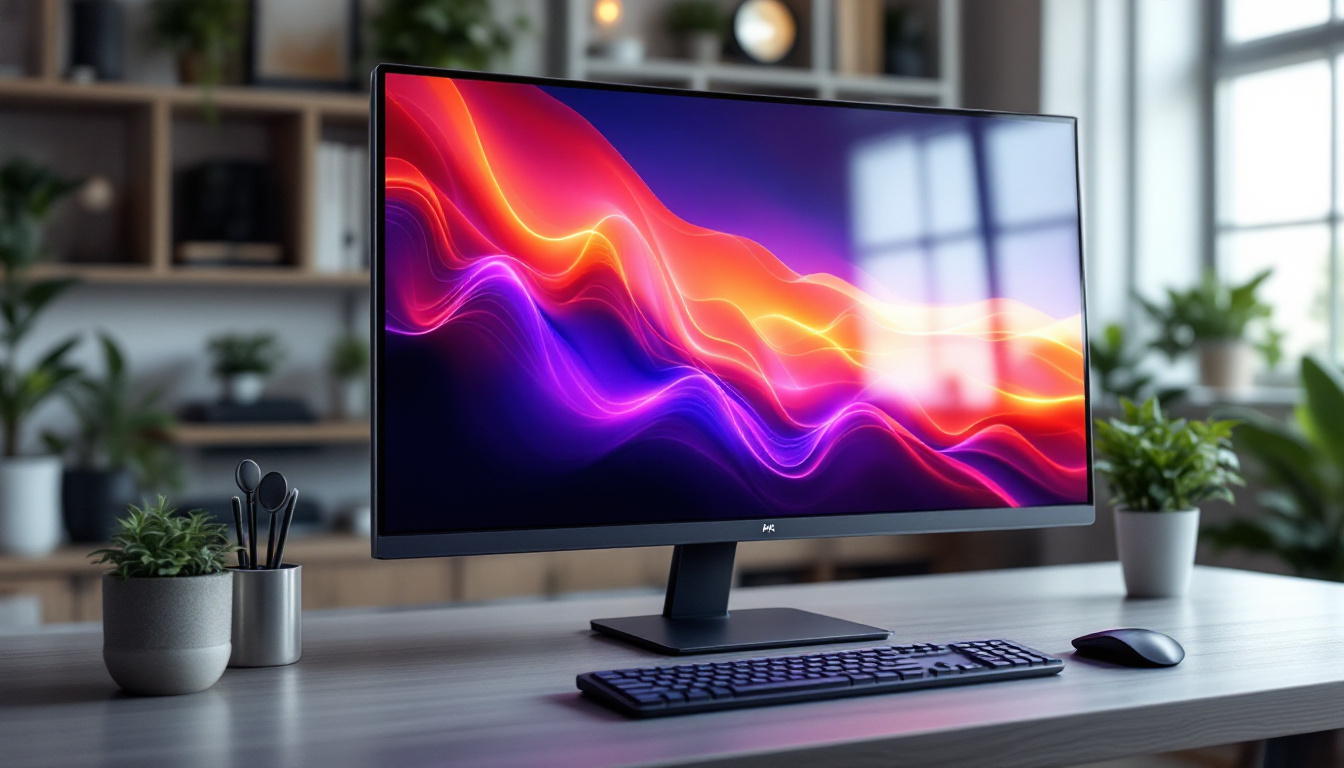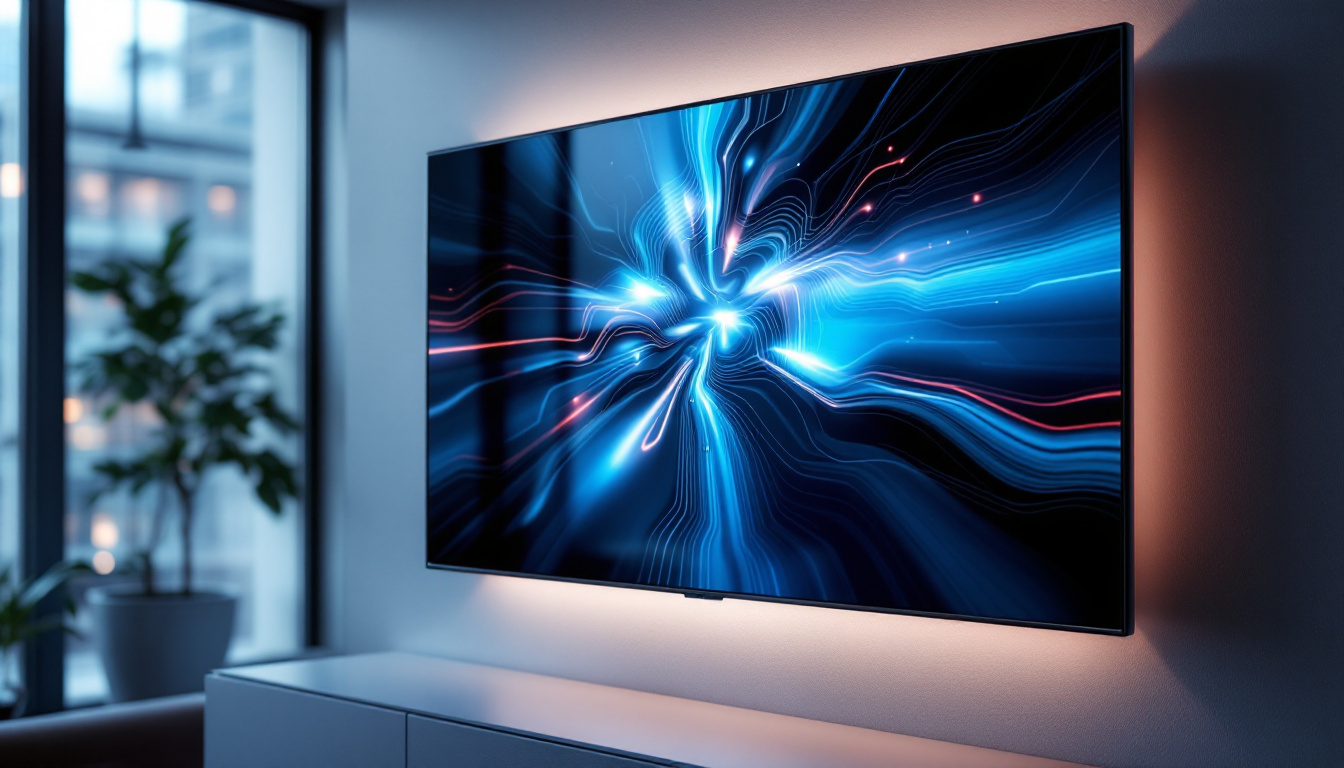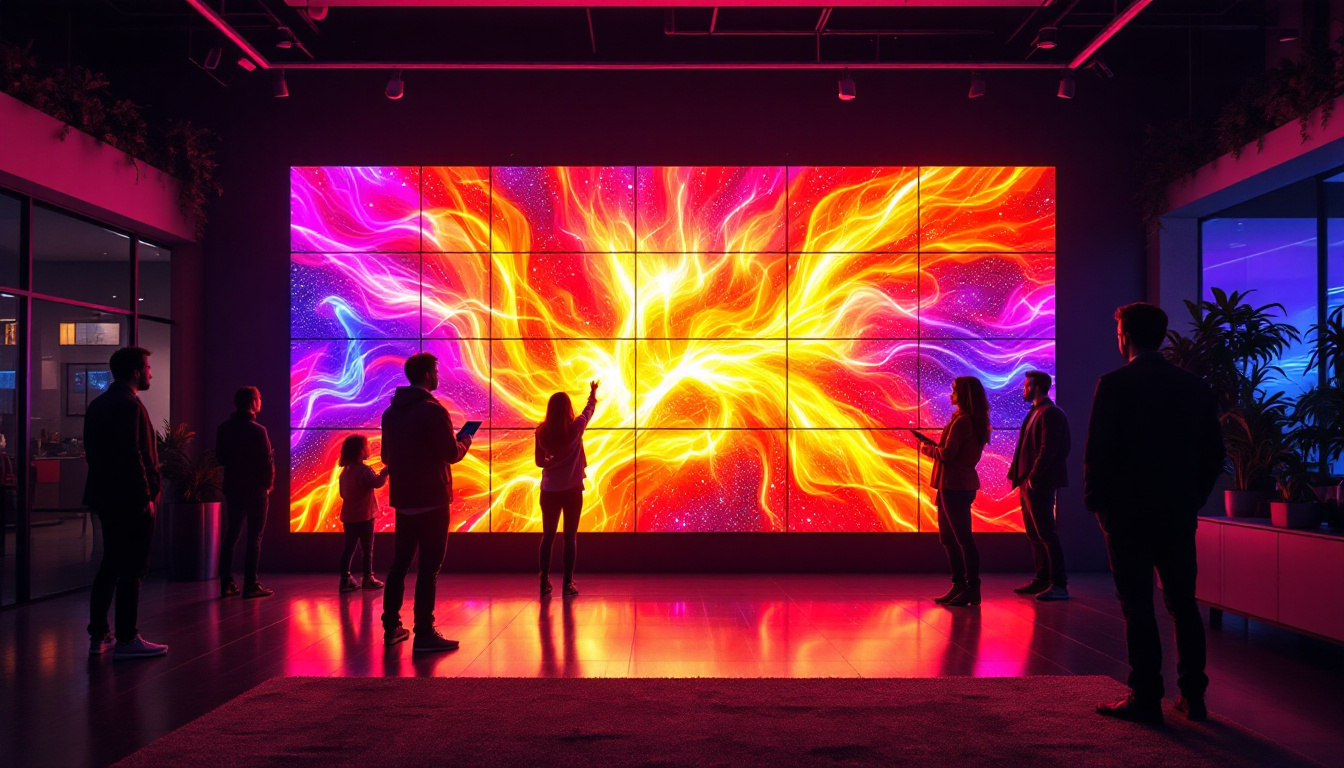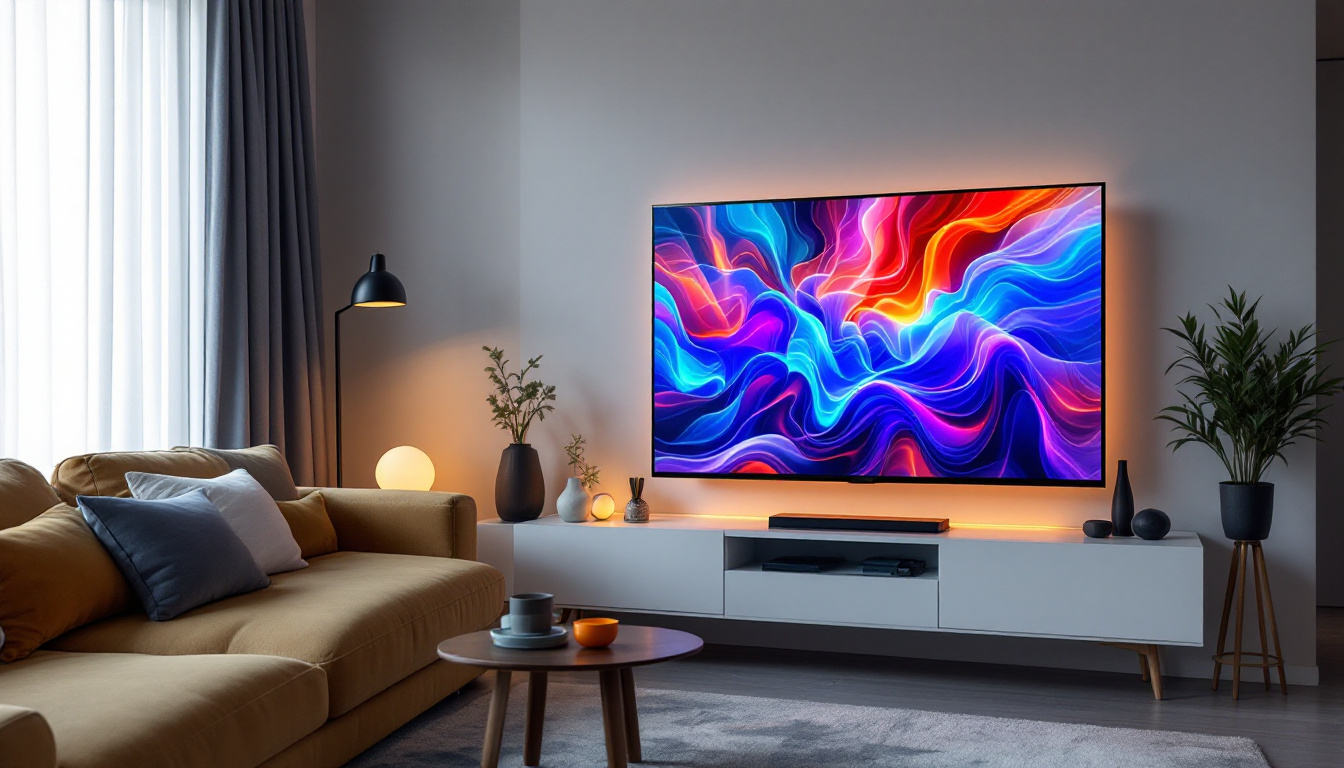In the realm of modern visual technology, video wall processors play a pivotal role in delivering stunning displays that captivate audiences. These advanced systems are essential for creating large-scale visual presentations in various environments, from corporate boardrooms to entertainment venues. This article delves into the intricacies of video wall processors, focusing on their functionality, applications, and the technology behind LED displays.
Understanding Video Wall Processors
A video wall processor is a specialized device designed to manage and control multiple display screens, allowing them to function as a cohesive unit. By taking input from various sources, these processors can distribute video content across a grid of screens, ensuring seamless integration and synchronization. This technology is increasingly used in various sectors, from corporate environments and retail spaces to control rooms and entertainment venues, enhancing visual communication and audience engagement.
Key Functions of Video Wall Processors
At their core, video wall processors serve several essential functions. They take multiple video inputs and output them to a matrix of displays, enabling the creation of large, immersive visual experiences. This includes:
- Signal Management: Video wall processors can accept various input signals, including HDMI, DisplayPort, and even IP streams. This versatility allows for the integration of different content sources, making it easier to switch between presentations, live feeds, and multimedia content without compromising quality.
- Content Scaling: The processor adjusts the resolution and aspect ratio of the input content to fit the display configuration, ensuring that images and videos appear sharp and clear. This function is particularly important in environments where clarity is paramount, such as in medical imaging or detailed technical presentations.
- Edge Blending: For video walls with overlapping screens, processors can blend the edges of images to create a seamless visual experience, eliminating visible gaps. This feature is crucial for creating large-scale visuals that captivate audiences, particularly in artistic installations and immersive environments.
Types of Video Wall Processors
Video wall processors come in various types, each tailored to specific applications and environments. The main categories include:
- Hardware-Based Processors: These are dedicated devices that provide robust performance and reliability, ideal for large installations. They often come equipped with advanced cooling systems and redundancy features to ensure uninterrupted operation in critical settings.
- Software-Based Processors: Utilizing powerful software solutions, these processors run on standard computing hardware, offering flexibility and scalability. This type allows for easy updates and the ability to integrate new features as technology evolves, making it a popular choice for dynamic environments.
- Cloud-Based Solutions: Emerging technologies allow for remote processing and management of video walls through cloud services, enabling easier updates and maintenance. This approach not only reduces the need for on-site hardware but also facilitates collaboration among teams, as content can be accessed and modified from anywhere with an internet connection.
In addition to these primary types, there are hybrid solutions that combine the strengths of both hardware and software-based processors, providing users with a versatile platform that can adapt to changing needs. These hybrid systems often feature user-friendly interfaces that simplify the management of complex video wall setups, making it easier for operators to deliver compelling visual content without extensive technical training. Furthermore, advancements in artificial intelligence are beginning to influence video wall technology, allowing for automated content optimization and real-time analytics to enhance viewer engagement.
The Role of LED Displays in Video Walls
LED displays have revolutionized the way visual content is presented. Their brightness, color accuracy, and energy efficiency make them the preferred choice for video walls. Understanding the technology behind LED displays is crucial for appreciating their impact on video wall systems.
How LED Displays Work
LED (Light Emitting Diode) displays consist of numerous small diodes that emit light when an electric current passes through them. These diodes can be arranged in various configurations to form larger screens. The primary components of an LED display include:
- Pixel Matrix: Each pixel in an LED display is made up of red, green, and blue diodes, which combine to produce a wide range of colors.
- Backlighting: In traditional LED displays, a backlight illuminates the pixels, while in newer models, the diodes themselves emit light, enhancing brightness and contrast.
- Control Systems: Advanced control systems manage the color and brightness of each pixel, ensuring uniformity across the display.
Benefits of Using LED Displays
The advantages of LED displays in video wall applications are numerous:
- High Brightness: LED displays can achieve remarkable brightness levels, making them suitable for environments with high ambient light.
- Energy Efficiency: Compared to traditional display technologies, LED displays consume less power, reducing operational costs.
- Longevity: LED technology is known for its durability, often lasting tens of thousands of hours, which translates to lower maintenance costs.
Applications of Video Wall Processors and LED Displays
Video wall processors and LED displays find applications across a wide range of industries. Their versatility allows them to be utilized in various settings, enhancing communication and engagement.
Corporate Environments
In corporate settings, video walls are often used for presentations, conferences, and collaborative workspaces. The ability to display multiple sources simultaneously aids in effective communication and decision-making. Some common uses include:
- Boardroom Presentations: High-definition video walls can showcase data visualizations, video conferencing feeds, and presentation materials, creating an immersive experience for attendees.
- Digital Signage: Corporations utilize video walls for internal communications, displaying important announcements, schedules, and promotional content.
Entertainment and Events
The entertainment industry has embraced video walls for concerts, festivals, and live events. These large displays enhance the audience experience by providing dynamic visuals that complement performances. Key applications include:
- Concerts and Festivals: Video walls deliver vibrant visuals that synchronize with music, creating an engaging atmosphere for attendees.
- Sporting Events: Large LED displays are commonly found in stadiums, providing live feeds, replays, and advertisements to enhance the spectator experience.
Retail and Public Spaces
In retail environments, video walls serve as powerful marketing tools. They attract customers’ attention and convey promotional messages effectively. Some notable applications are:
- Interactive Displays: Retailers use video walls to create interactive experiences, allowing customers to engage with products and services in innovative ways.
- Brand Storytelling: Video walls can showcase brand narratives, enhancing customer engagement and driving sales.
Choosing the Right Video Wall Processor
Selecting the appropriate video wall processor is crucial for achieving optimal performance and functionality. Several factors should be considered during the selection process.
Performance Specifications
When evaluating video wall processors, it is essential to consider performance specifications such as:
- Input and Output Options: Ensure that the processor supports the necessary input formats and can handle the required number of outputs for your display configuration.
- Resolution Support: The processor should support the resolution of the displays being used, ensuring high-quality output.
Scalability and Flexibility
As business needs evolve, the ability to scale and adapt is vital. Look for processors that offer:
- Modular Design: Some processors allow for the addition of extra inputs or outputs, making it easier to expand the system as needed.
- Software Upgrades: Consider processors that can be updated with the latest software features, ensuring longevity and relevance.
Budget Considerations
Budget constraints are a reality for many organizations. It is essential to balance performance with cost. Factors to consider include:
- Initial Investment: Evaluate the upfront costs of the processor and any additional hardware or software required.
- Long-Term Costs: Consider maintenance, energy consumption, and potential upgrades over time to assess the overall financial impact.
Future Trends in Video Wall Technology
The landscape of video wall technology is continuously evolving, driven by advancements in display technology and processing capabilities. Emerging trends are shaping the future of video walls and their applications.
Increased Resolution and Pixel Density
As technology progresses, higher resolutions and pixel densities are becoming more accessible. This trend allows for:
- Enhanced Visual Quality: Higher resolutions lead to sharper images and more detailed visuals, improving the overall viewing experience.
- Smaller Pixel Pitch: Advancements in manufacturing techniques enable smaller pixel pitches, allowing for closer viewing distances without loss of image quality.
Integration with AI and Automation
Artificial intelligence and automation are making their way into video wall systems, offering exciting possibilities:
- Content Management: AI can automate content scheduling and management, ensuring that the right visuals are displayed at the right time.
- Dynamic Content Creation: AI-driven tools can generate real-time visuals based on audience engagement, enhancing interactivity.
Environmental Considerations
As sustainability becomes a priority, video wall technology is also adapting to meet environmental standards. Key aspects include:
- Energy Efficiency: Manufacturers are focusing on creating energy-efficient displays that reduce power consumption without compromising performance.
- Recyclable Materials: The use of sustainable materials in manufacturing video walls is gaining traction, contributing to a greener future.
Conclusion
Video wall processors and LED displays are integral components of modern visual communication. Their ability to create immersive experiences across various industries makes them invaluable tools for engaging audiences. By understanding the technology behind these systems and considering future trends, organizations can harness the full potential of video wall technology to enhance their communication strategies and captivate their audiences effectively.
As technology continues to advance, the possibilities for video walls are limitless, paving the way for innovative applications that will shape the future of visual storytelling.
Discover LumenMatrix’s Advanced LED Display Solutions
Ready to elevate your visual communication with cutting-edge technology? Explore LumenMatrix’s comprehensive range of LED display solutions, designed to bring your message to life. Whether you’re looking for Indoor LED Wall Displays, Outdoor LED Wall Displays, or specialized options like Vehicle LED Displays and LED Sports Displays, LumenMatrix has the innovative products to transform your space. Experience the future of engagement with our captivating LED displays and take the first step towards revolutionizing your visual storytelling. Check out LumenMatrix LED Display Solutions today and see the difference for yourself.

